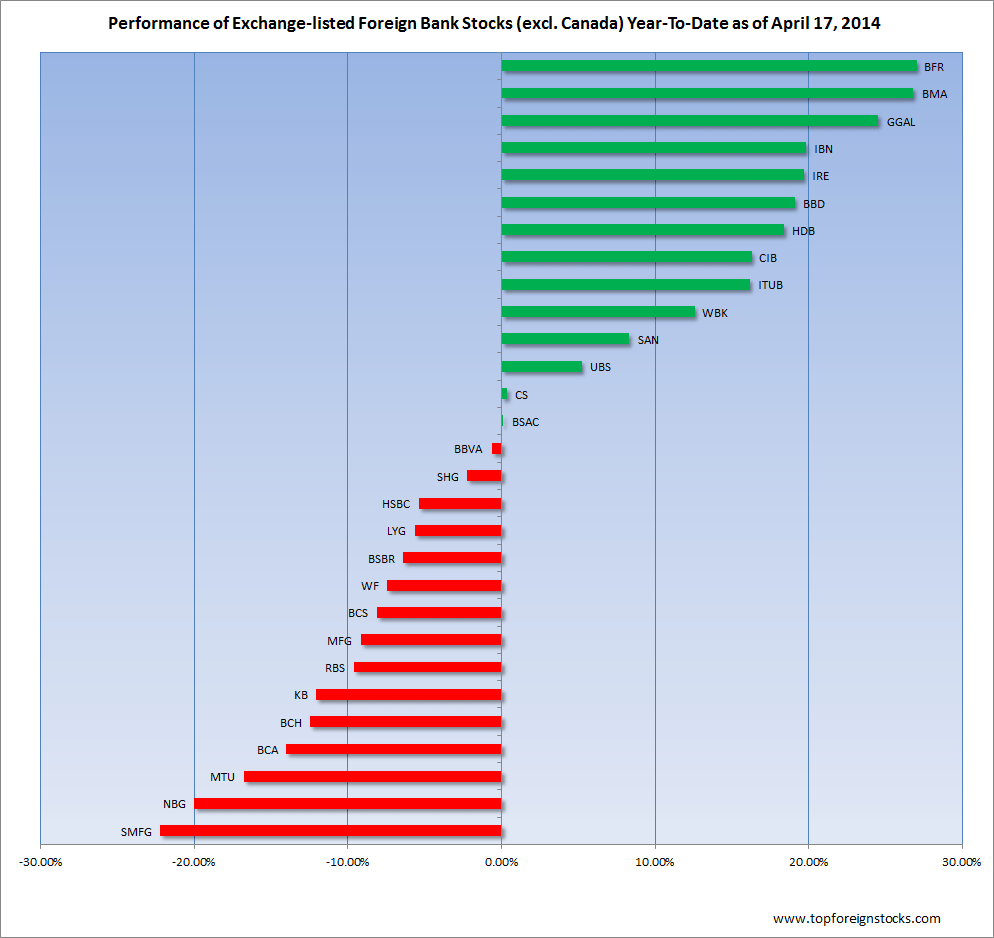Lazard’s Ryan: Why I’m maxing out my emerging market exposure (FE Trustnet)
Don’t ‘set and forget’: Proper asset allocation is key to investment returns (Financial Post)
Tulips and stocks: Don’t succumb to their charms (The Globe and Mail)
Portugal: Out of the bailout, out of the woods? (Deutsche Welle)
The Japanese Economy: Will It Revive If the Bank of Japan Acts? (Charles Schwab)
America dumbs down (MaClean’s) **
Emerging Europe turns EM growth star in Q1 (beyondbrics)

